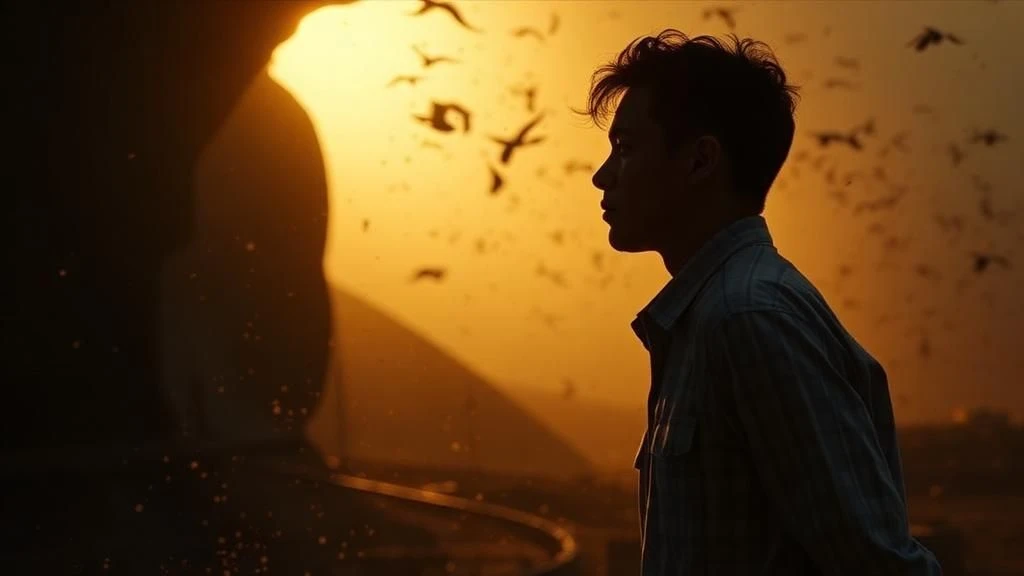
The Stagnation Trap & The Chaos Paralysis
A Strategy for Learning in a Complex World
lIt’s tempting to view the human brain as a biological computer: a sum of data and algorithms where, after a certain threshold of complexity, intelligence simply emerges as a byproduct. But our consciousness is not nearly so simple.
The Brain: A Dynamic, Recursive Engine
The human brain is never a “finished” product. It is in a constant state of becoming. The mere exposure to new knowledge, different mental models, or novel ways of understanding and acting causes the brain to continually adapt, forming new neural connections and modifying existing ones – almost like a recursive function. This dynamic feedback loop is the engine of human development and highlights the critical importance of our environment.
The Danger of a Stable Environment: Stagnation
An environment without change leads to slow development, stagnation, and eventually, the degeneration of skills. We become locked in routines that require little conscious effort. For those within such an environment, even a small change can cause a significant shock, as they lack the tools and mental frameworks to handle novelty.
The Danger of a Chaotic Environment: Paralysis
On the other hand, an environment of constant, overwhelming change produces a relentless influx of stimuli without the stability or time to process and integrate them. This unpredictable chaos, where nothing is certain and everything is relative, can lead to a state of “freezing” or societal apathy. After all, why invest effort to understand anything deeply if it might be obsolete or disproven tomorrow? All our effort can feel like wasted energy with no real benefit.
The Middle Path: The Strategic Learner’s Approach
The ideal, naturally inspiring environment lies somewhere in between. While the world is inherently dynamic, if we want to build anything of lasting value (whether in our minds or in the world), we cannot lay a foundation one day only to tear it all down the next to start over in a completely different way.
We must set our own limits, boundaries, and directions. We must strategically select just a few new concepts to explore, dedicate our time to building a few new things (not everything possible), and use our intelligence and awareness to guide this process of selection, learning, and application.
The Generalist’s Advantage: Resilience Through Diversification
By taking this path, we gain the benefits of both worlds: the inspiration necessary for development, and the stable foundation (which we build ourselves) upon which we can rely and continue to build. And because we don’t dedicate all our energy to a single path, but to a select few, we build resilience. If one of our chosen paths turns out to be a dead end, we can easily reallocate our energy to another project without a total loss of effort.
—
The choice is ours.
